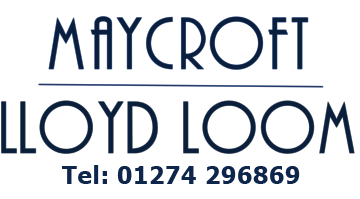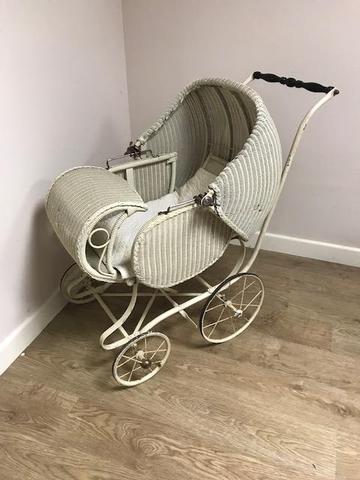The history of Lloyd Loom
The history of Lloyd Loom furniture started in 1917, when Marshall Burns Lloyd patented a new process of weaving twisted paper both with and without a wire core, which became known as “Lloyd Loom”. The idea was absolutely innovative, and it combined the benefits of wicker and rattan with a mode elegant and timeless touch. However, this sturdy material was not used to make the well know Lloyd Loom woven fibre furniture that we all know and love until 1922.
Once Lloyd started manufacturing its chairs from the new material, his sales and Lloyd Loom furniture in general skyrocketed in popularity. By 1940, more than 10 million pieces of Lloyd Loom furniture had been produced and sold in the UK and the US.
So, for what purpose did he invent the Lloyd Loom process?
For many years, inventors had been trying to automate the weaving of cane and rattan to make a variety of products. One of the larger uses of woven cane were furniture companies making baby carriages - prams and pushchairs.

Lloyd aspired to preserve the sturdiness and intricacy of wicker, but with enhanced styled and an easier and more convenient process. Very quickly the availability of the sheets of woven Lloyd Loom, with the tighter, stronger weave, became the main product for the manufacture of these products.
Many examples of these early baby carriages survive today. Two examples of these early carriages can be seen in the Maycroft Lloyd Loom Showroom in Gomersal. One of these is a children’s’ toy size pram.

Lloyd Loom furniture over the centuries
Once the furniture Industry became aware of this new strong woven material, the volume of Lloyd Loom furniture started to roll off the production line of Marshall Burns Lloyd’s own factory in Menominee, Michigan, USA. It was in 1922, that William Lusty, having bought the Patent rights for the UK, started manufacturing Lloyd Loom furniture in the UK.
It is a testimony to the hard wearing property of the Lloyd Loom weave that, today, many pieces made in the 1920s, 1930s and 1940s are still complimenting many houses and venues, and being restored and updated to meet modern design needs with new and contemporary colour finishes.
Bring Home Your New Lloyd Loom Piece
For more information about new and restored Lloyd Loom pieces or the restoration service contact Maycroft on 01274 296869 or email lisa@lloydloom-uk.co.uk.

